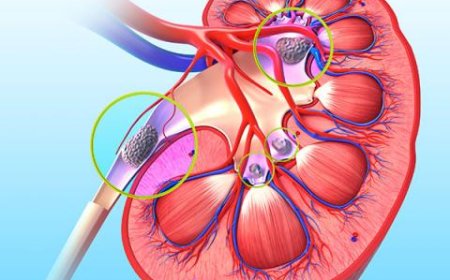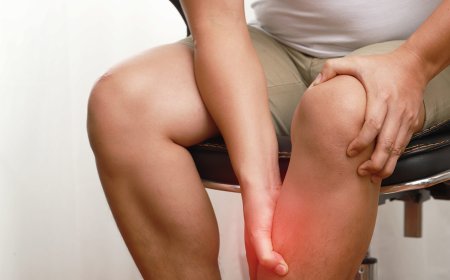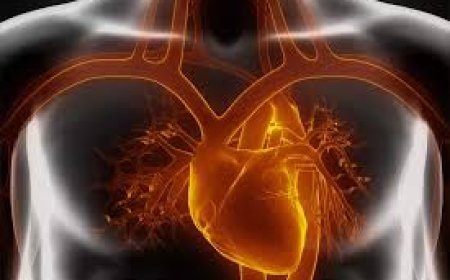Why Vitamin D Deficiency Is Rising (and How to Prevent It)
Explore why vitamin D deficiency is becoming increasingly common in modern life, what factors contribute to it, and how you can maintain adequate levels through smart lifestyle choices, diet, supplements, and sun exposure.

Introduction
Once rare, vitamin D deficiency has quietly become a widespread health issue. Despite its essential role in bone strength, immunity, and overall wellness, modern lifestyles are driving deficiency rates higher than ever. Lets break down the reasons, consequences, and solutions.
1. Whats Driving the Rise?
-
Reduced Sunlight Exposure
People now spend more time indoorswhether for work, entertainment, or health (like shielding from UV)dramatically reducing natural vitamin D synthesis in the skin. -
Aggressive Sun Safety
Sunscreen and protective clothing block UVB exposure. While essential for preventing skin cancer, these measures also dramatically reduce vitamin D production -
Lifestyle & Environment
Urban living, air pollution, higher latitudes, and increased time indoors exacerbate the issue . -
Dietary Gaps
Few foods naturally contain vitamin D. Even with fortification efforts, most people dont meet their needs through diet alone
2.Why Vitamin D Matters
-
Bone & Muscle Health
Vitamin D is critical for calcium absorption. Deficiency increases the risk of rickets in children and osteomalacia/osteoporosis in adults -
Muscle Strength & Fall Prevention
Low levels can cause muscle weakness and cramps, increasing the risk of falls, especially in elderly or dark-skinned individuals -
Immune Function
It plays a key role in immune response. Insufficient vitamin D is linked to increased infections and respiratory illnesses. -
Mood & Energy
Fatigue, depression, and irritability are common symptoms of low vitamin D
3.Practical Ways to Prevent Deficiency
-
Safe Sun Exposure
Aim for 1030 minutes of midday sun daily, 24 times a week, with face, arms, and legs exposed. Darker skin, clothing, and older age may require more time -
Include Vitamin DRich Foods
Consume fatty fish (salmon, mackerel), cod liver oil, egg yolks, liver, mushrooms (especially UV?exposed), and fortified dairy or plant-based milk. -
Consider Supplementation
Work with a healthcare provider to check your vitamin D levels (25?hydroxyvitamin D blood test) and supplement with D3 (cholecalciferol) as neededtypically 600800?IU/day for adults, up to 1,000?IU for older adults -
Be Mindful of Risk Factors
If you have dark skin, are over 65, are obese, live in northern latitudes, spend most of your time indoors, or have certain medical conditions, you likely need higher intake
4.Signs You May Be Low
-
Persistent fatigue, muscle weakness, bone or joint pain
-
Mood issues like depression or irritability
-
History of fractures or frequent infections
Note: many people are asymptomatic or experience mild symptoms until deficiency becomes severe
5.When to Talk to a Healthcare Provider
-
If you suspect deficiency or display any symptoms
-
If you use sunscreen or protective clothing regularly
-
If you fall into high-risk groups
-
If youre taking medications that affect vitamin D metabolism (e.g., steroids, anticonvulsants) .
Final Takeaway
Vitamin D deficiency is a growing concernbut its largely preventable. With balanced sun exposure, vitamin D?rich foods, sensible supplementation, and regular check-ups, you can confidently maintain optimal levels for stronger bones, muscles, mood, and immunity.
Read the full article and learn more at:
https://iamactivit.com/blogs/health-blog/why-vitamin-d-deficiency-is-rising-and-how-to-prevent-it-22






































